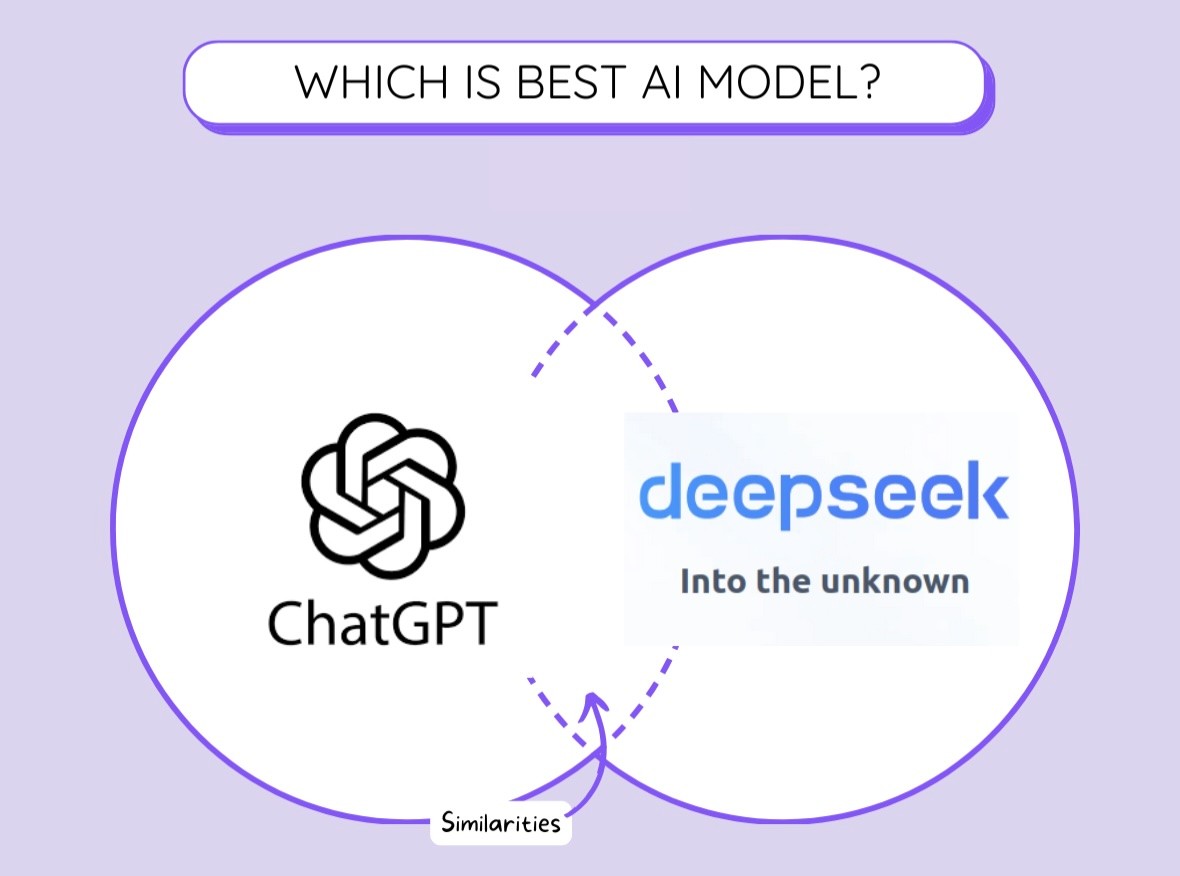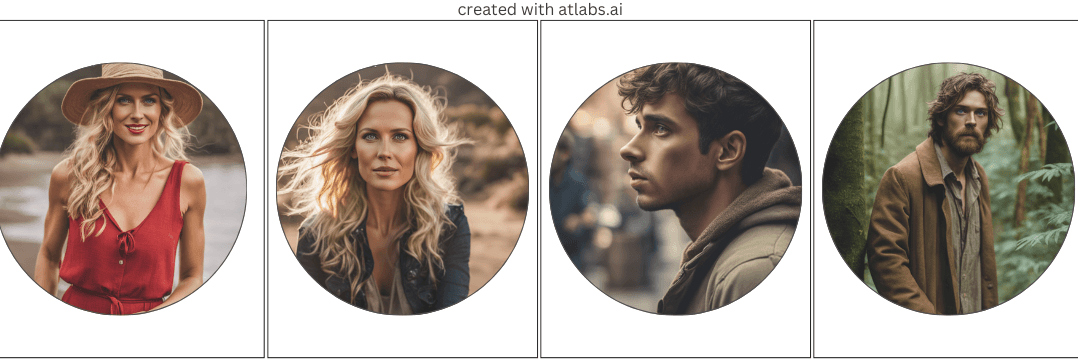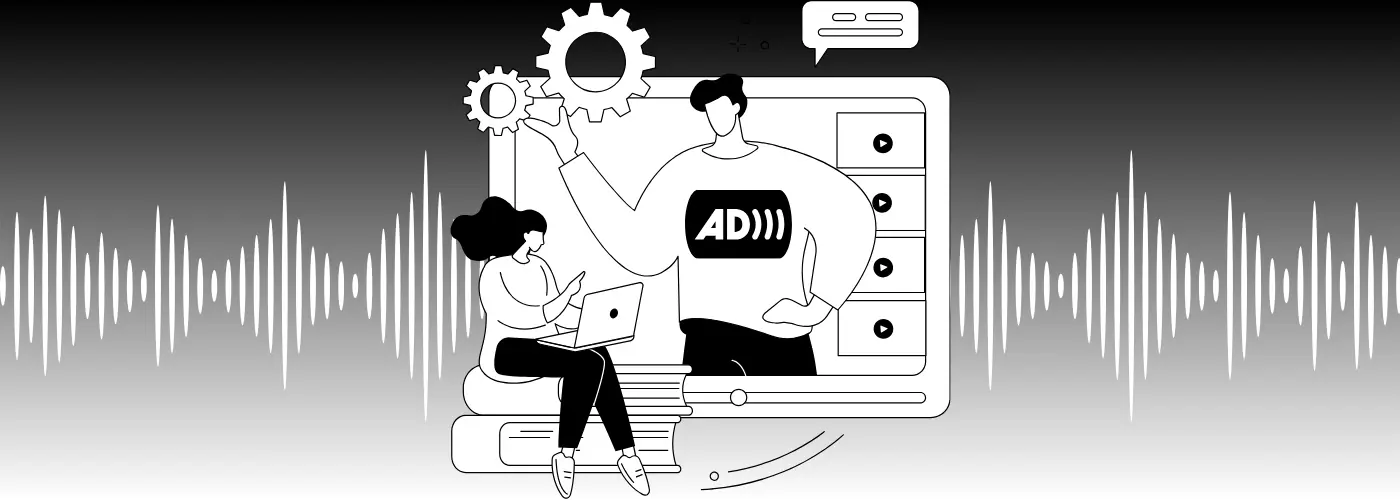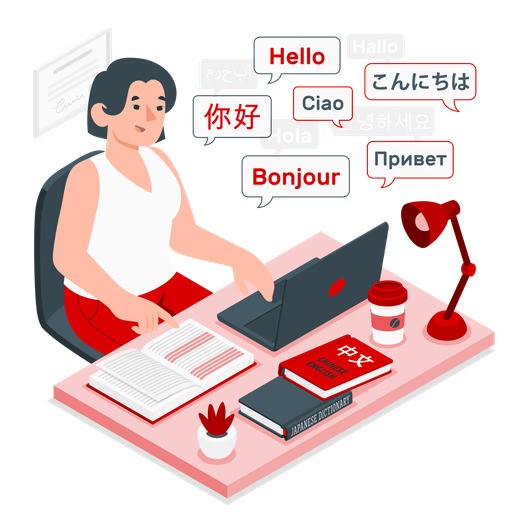In the age of fleeting attention spans and the insatiable hunger for dynamic content, AI image-to-video technology emerges as a powerful tool, capable of transforming static images into captivating moving pictures.
At its core, AI image-to-video leverages the power of neural networks, specifically deep learning algorithms and Generative Adversarial Networks (GANs), to analyze static images and generate realistic and dynamic video sequences. These algorithms identify patterns, textures, and objects within an image, then predict how these elements would move and interact in a video format. The result? Stunning videos that seamlessly transition from still images, adding motion, depth, and a captivating sense of realism.
Image-to-Video: Breathe life into your stories
The versatility of AI image-to-video technology is evident in its wide-ranging applications such as:
Digital Marketing: Empowers brands to create visually captivating advertisements that transcend the limitations of static imagery. A luxury watch advertisement, for instance, could transition from a still image to a video where the watch hands begin to move, subtle light effects highlight its intricate details, and a sense of dynamism adds to its allure.
History and Archives: AI can breathe new life into historical photos and footage, transforming static archives into engaging stories. Imagine a black-and-white photograph of a historical event. Through AI, the image transforms into a video, adding motion to characters, vehicles, and the surrounding environment, offering a glimpse into the past with a sense of realism and immediacy.
Digital Art and Animation: AI empowers artists to push creative boundaries by infusing their illustrations and paintings with fluid motion and intricate details. What was once a time-consuming process of frame-by-frame animation can now be achieved seamlessly through AI-powered tools. This democratization of animation empowers artists of all skill levels to bring their artistic visions to life with ease.
Gazing into the Future: Limitless Potential
The future of AI image-to-video technology is brimming with possibilities. As AI algorithms continue to evolve, we can anticipate even greater levels of realism and sophistication in the generated content. Imagine hyper-realistic simulations, surreal dreamscapes, and interactive narratives that blur the lines between reality and imagination. Moreover, the integration of this technology with emerging technologies like virtual reality (VR) and augmented reality (AR) will unlock new dimensions of immersive storytelling. Stepping into a virtual world where every image becomes a portal to a dynamic narrative, where history comes alive, and where artistic visions take on a life of their own - the possibilities are limitless.
Top Platforms for Image-to-Video Generation
Several platforms are leading the way in image-to-video technology, each with its unique strengths and capabilities:
Hailuo AI MiniMax:
This platform stands out for its ability to transform still images into dynamic videos with exceptional control over shot composition and movement. Users can upload an image and refine the output through detailed prompts that specify camera angles, subject animations, and scene transitions. Hailuo AI MiniMax excels in creating cinematic shots with smooth transitions, particularly for scenes with minimal movement.
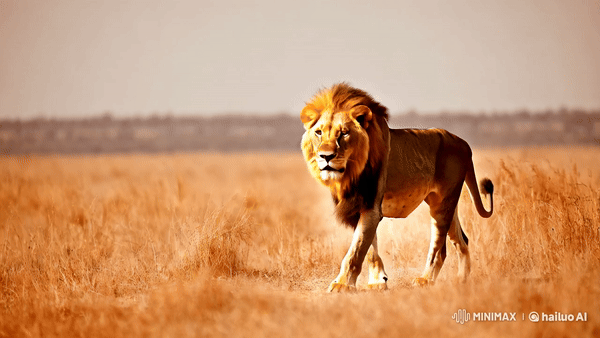
Runway Gen-3:
Known for its high-quality video outputs, Runway Gen-3 offers comparable functionality to Hailuo AI MiniMax, although the provided sources do not specifically discuss its image-to-video capabilities.
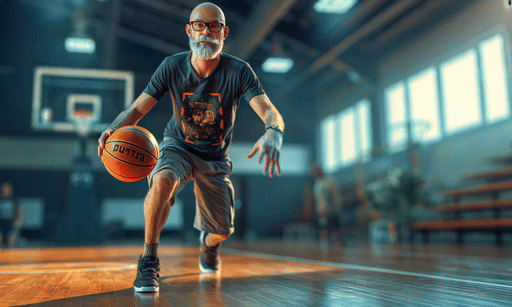
Atlabs.ai:
Atlabs new image-to-video feature allows creators to transform still images into dynamic video sequences, offering unprecedented control over shot composition and movement. Unlike traditional text-to-video generators, this feature lets filmmakers start with a visual foundation — an uploaded image — and build a video around it, complete with camera movements, subject animations, and scene transitions. By combining an image with a detailed prompt, creators can direct not just the content of the video but also its style and flow.
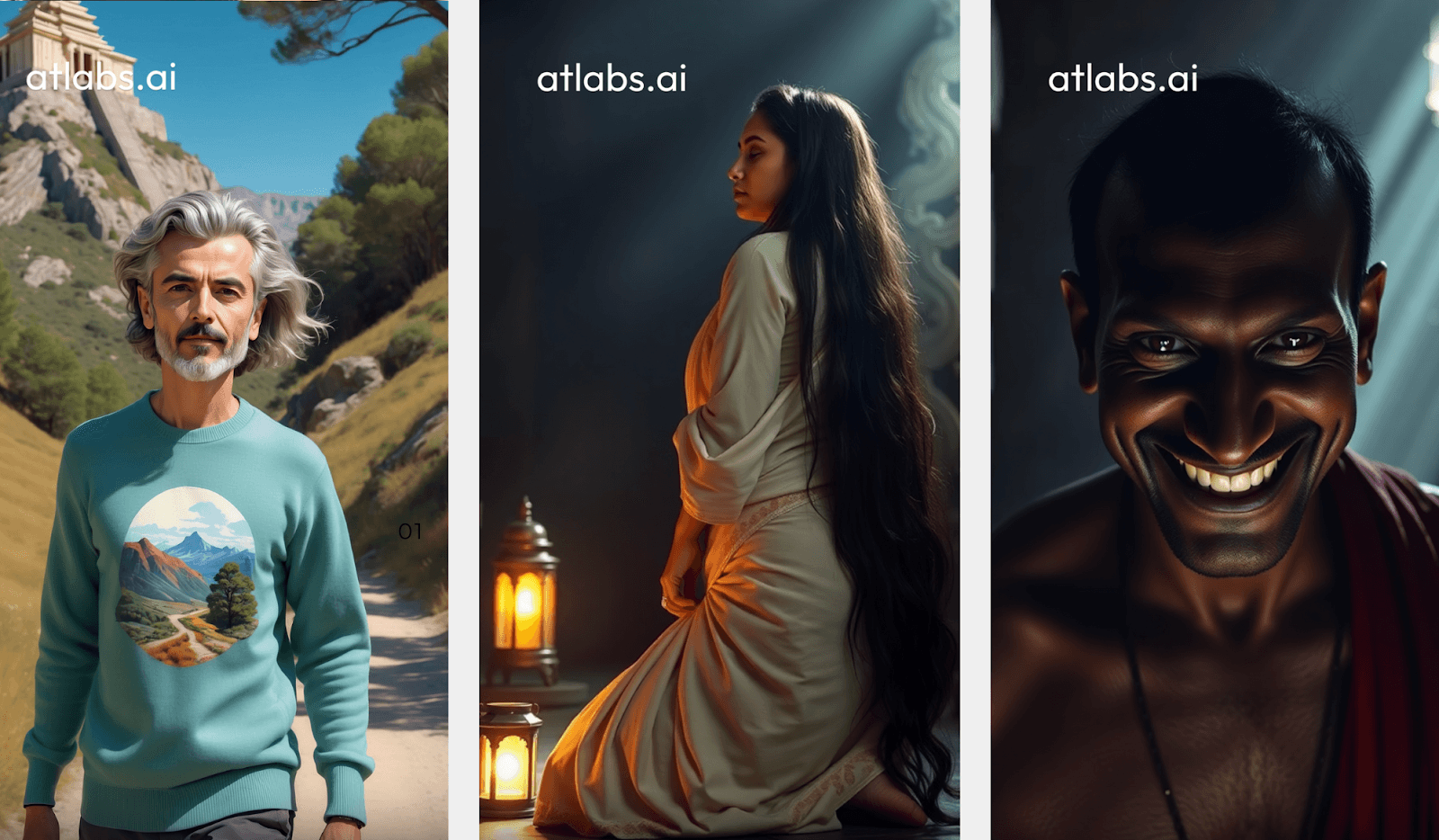
Follow us here: https://www.instagram.com/atlabsai/reels/ 🌟🚀
Step-to-Step Guide for Atlab’s AI Video from Still Photos
To use Atlabs AI image-to-video, the process is straightforward but requires careful consideration of the inputs:
Step 1: Start by selecting the "AI Video" option on the scene’s drop-down option.
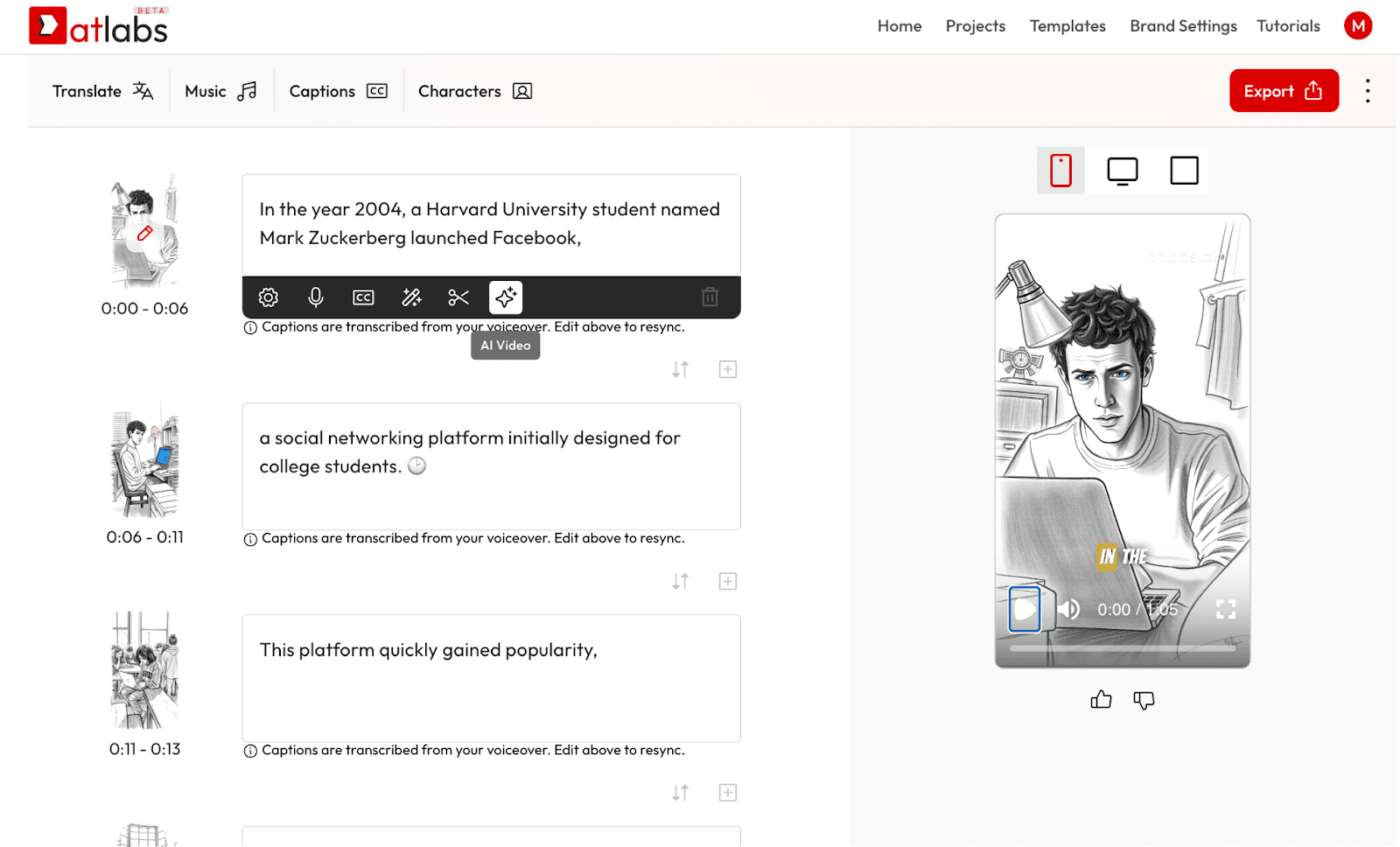
Step 2: The overlay screen will open up with the prompt option. Type the precise and clear descriptive prompt to generate the video.

Step 3: Select ‘Generate Video’ once you have added the text prompt. Atlabs will start creating its magic.
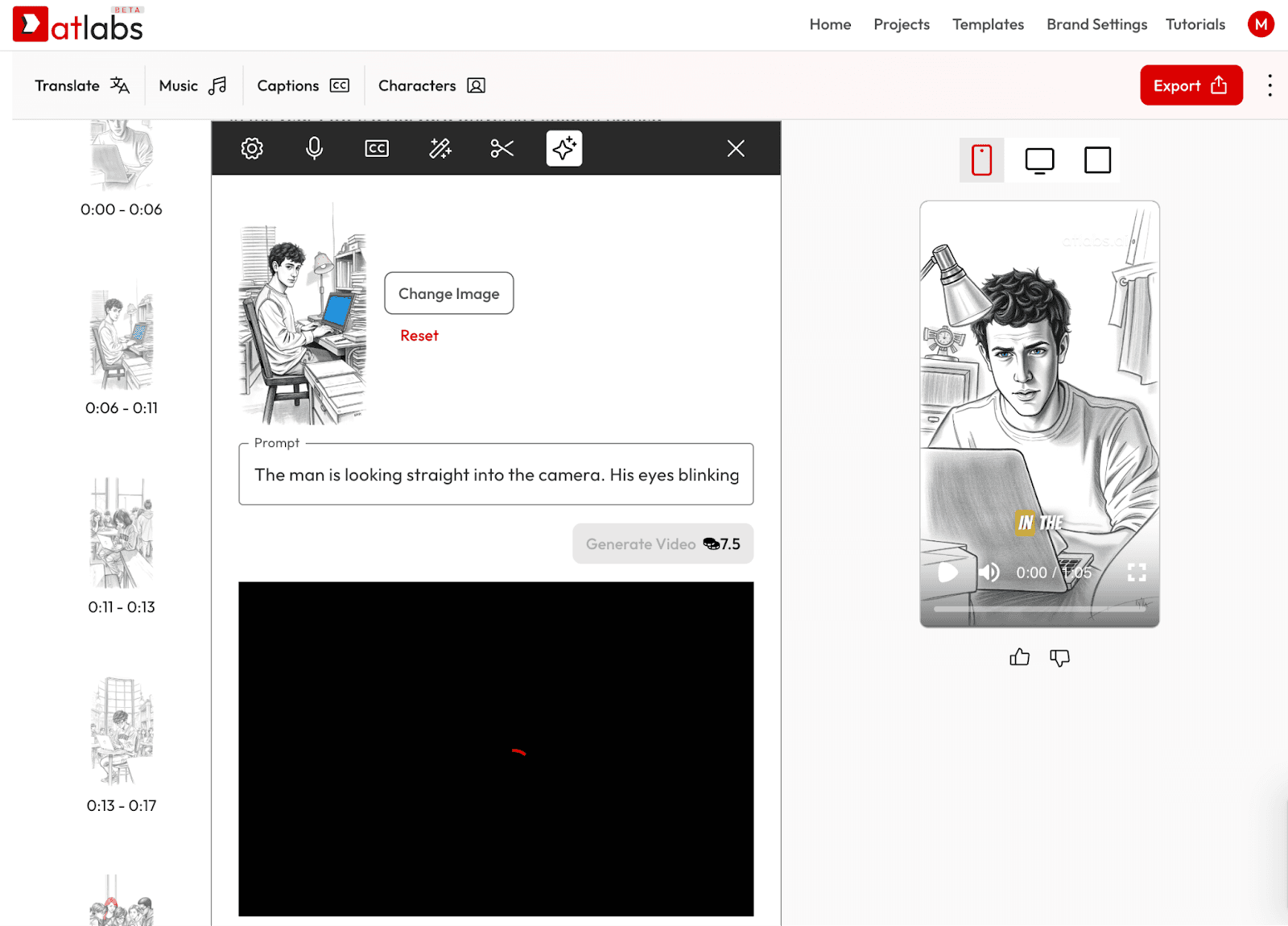
Step 4: Your video is ready! Finally, click on the ‘apply to Scene’ option. You can re-edit the prompt and generate the video.
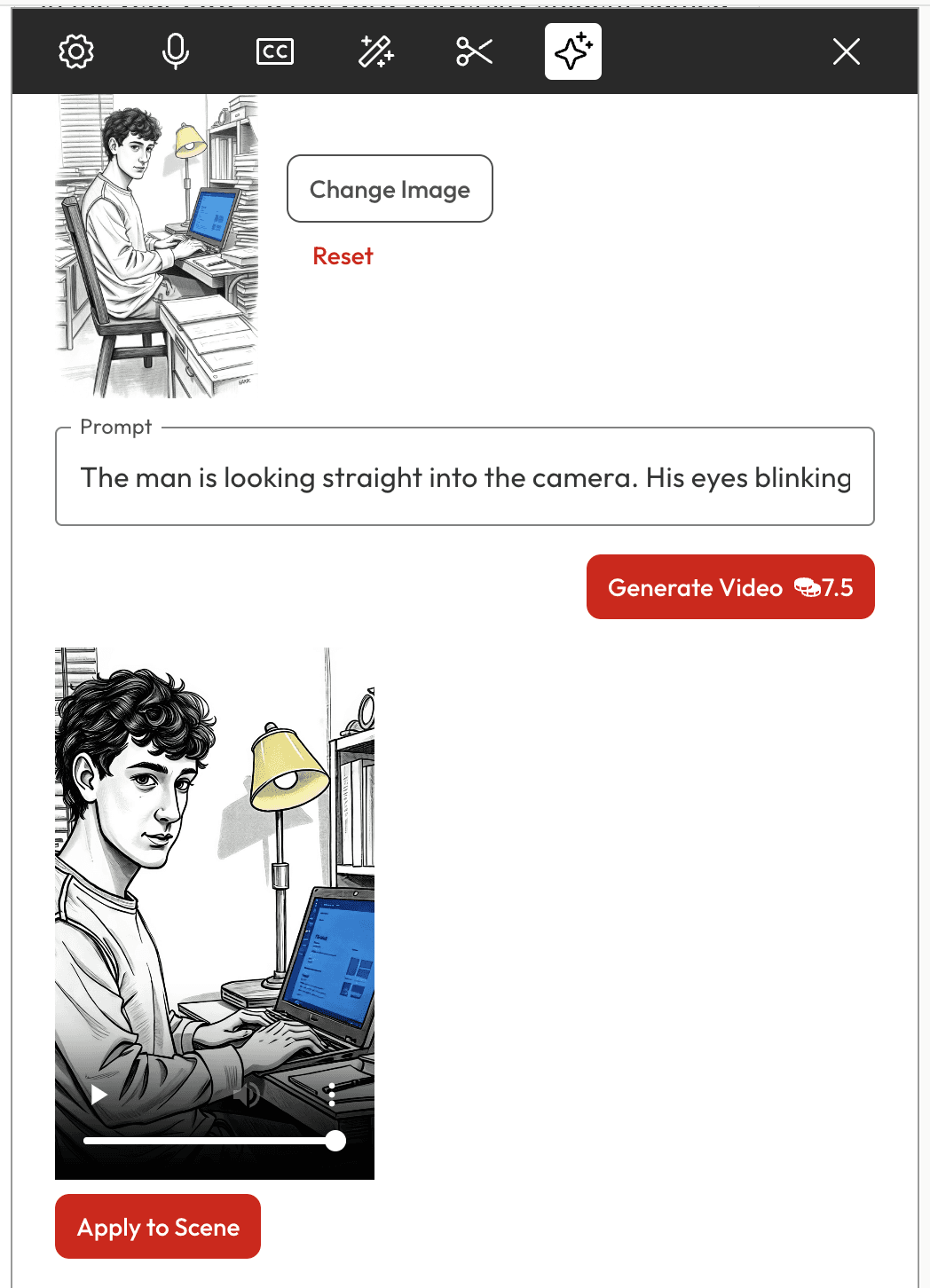
Note: Check some examples created with atlabs on our Instagram page (link attached above) and you can check some blogs to create characters and feature guide here: https://www.atlabs.ai/blog
Creating Compelling Videos: Tips and Techniques
To harness the full potential of image-to-video platforms and create captivating videos, consider these tips:
Be Specific About Movement: Describe both the subject's and the camera's movements in detail. Instead of saying "The camera moves," specify the type of movement, such as "The camera slowly pans from left to right"
Align Image and Prompt: Ensure that the uploaded image corresponds with the desired action or movement in your prompt. If you want a bird's-eye view, for instance, ensure the uploaded image reflects that perspective.
Use Detailed Camera Directions: Incorporate specific camera techniques to add a cinematic touch. Instead of stating "the camera zooms in," specify the speed and intensity, such as "the camera slowly zooms in, focusing on the subject's expression".
Avoid Ambiguity: Use clear and concise language to avoid unintended results. The more specific your instructions, the closer the output will align with your vision.
Iterate and Refine: Experiment with different phrasing, levels of detail, and camera techniques to achieve your desired outcome. The process of creating with AI is often iterative, and refining your prompts can lead to remarkable results.
The Future of AI Character Creation
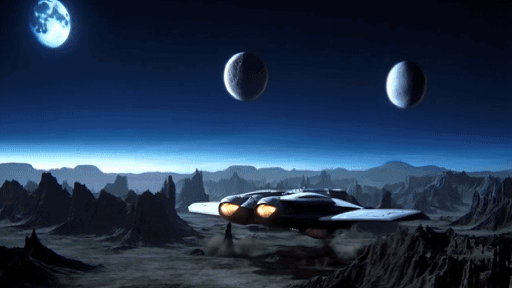
AI image-to-video technology is reshaping content creation. By bridging the gap between static images and dynamic videos, this technology empowers anyone to unlock their creative potential, tell captivating stories, and engage audiences in ways never before imagined. As this technology continues to advance, the only limit is our imagination.
Conclusion
Overall, the image-to-video feature gives filmmakers more creative control, allowing for truly cinematic results with the right input. While there are still some challenges with more complex scenes, the potential is clear, and the AI models and tools are only getting better.
For creators & filmmakers looking to craft high-quality, cinematic videos, Atlabs AI is a tool worth exploring. Whether you’re focusing on commercial projects, short films, or experimental video art, it offers a new level of creative control that sets it apart from its competitors.
Start creating motions with atlabs magic wand: https://www.atlabs.ai/


